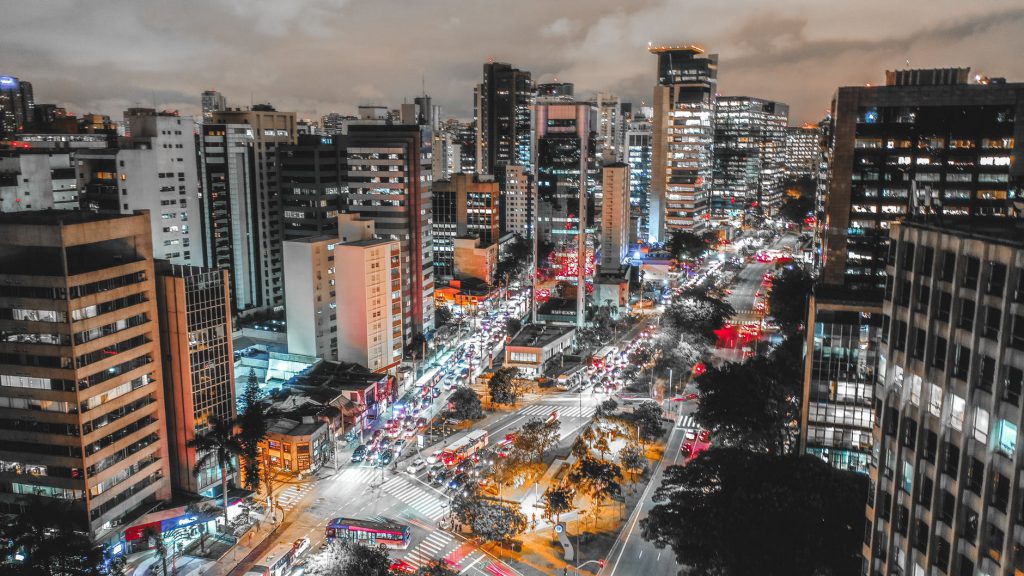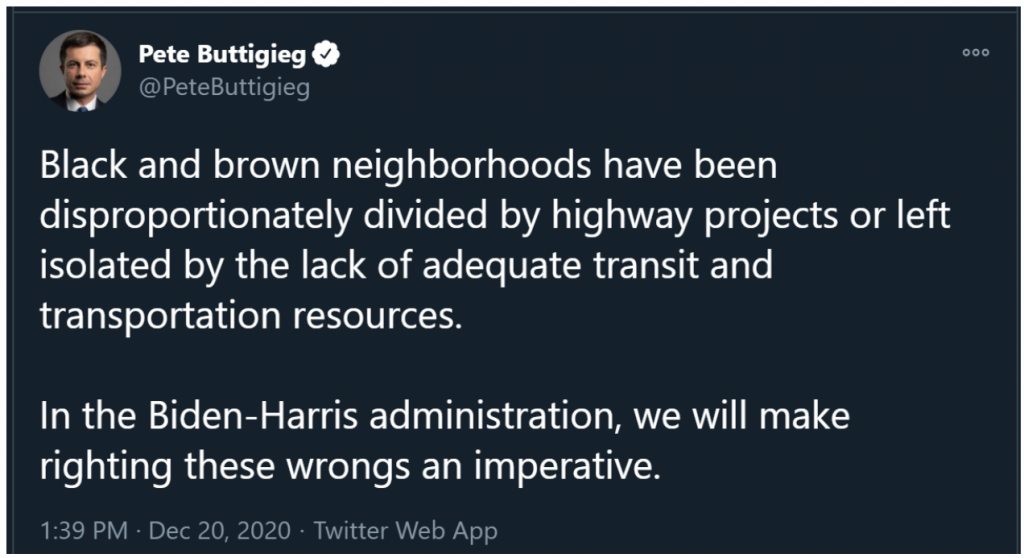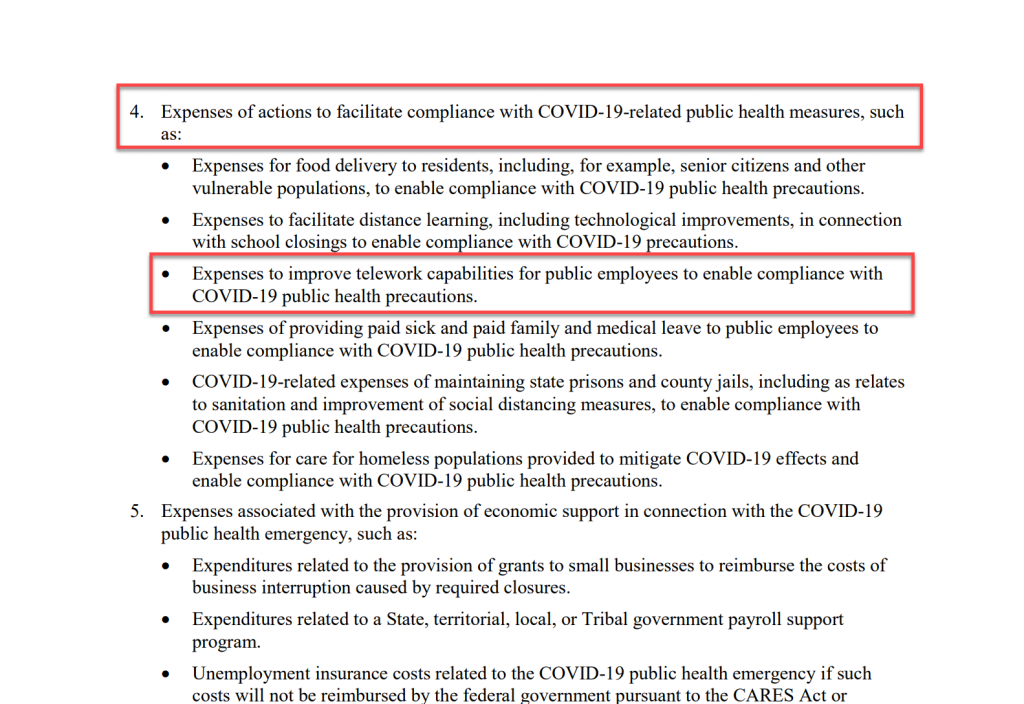Kristen Z, Transportation Planner
[<3 Minute Read]
What are State Departments of Transportation (DOTs)?
Each state in the country has a Department of Transportation (DOT) as part of its executive branch. DOTs were established shortly after the federal-level Department of Transportation was established in 1967. One of the first responsibilities of the state-level DOTs was to partner with the federal DOT in constructing and planning the U.S. Interstate system. Over time, most state DOTs diversified and added other forms of transportation to their original highway focus.
What Function do State DOTs Serve?
Most state DOTs participate in some level with current forms of transportation planning including roads, bicycle/pedestrian, rail, water and air transportation. They also participate in studying emerging forms of transportation like electric and autonomous vehicles. State DOTs own and operate the state highway network, including U.S. Interstates, U.S. Highways and State Highways. They administer state and federal transportation funding programs, and participate in planning, designing, and constructing the state transportation network. As a cabinet agency in the executive branch of state governments, State DOTs rely on policy and funding direction set by State Legislatures.
What Issues do State DOTs Tackle?
State DOTs are currently facing several emerging issues, including expanding from an exclusive focus on mobility and highways for gas and diesel-powered vehicles to include additional modes of transportation and additional vehicle fuels and technologies. In addition, state DOTs are facing aging infrastructure and an aging workforce retiring with institutional knowledge.
What Role Do DOTs Play in Transportation Decision Making at the Metropolitan Level?
State Departments of Transportation (DOTs) play a significant role in transportation decision making at the metropolitan level. DOTs often initiate and fund some of the largest projects in metropolitan regions – especially projects involving the state highway system. In order to prioritize projects, DOTs develop long-range and short-range plans covering transportation across the entire state.
Who Coordinates with DOTs?
Within each metropolitan region, DOTs often coordinate with local governments and/or regional planning organizations called Metropolitan Planning Organizations (MPOs) to prioritize transportation projects and transportation services within the metropolitan region. State DOTs often have their own systems for prioritizing projects for design and for construction and weigh engineering, economic development, and other local support factors while prioritizing. DOTs must consider the needs of the entire state system while evaluating candidate projects in metropolitan areas and balance the needs of the metropolitan areas with the needs of rural areas and interstate traffic.
Finally, DOTs also often have pass-through programs where they share/award a portion of their State and/or Federal funding to projects serving specific modes of transportation (e.g., rail, air, bike/pedestrian, transit) or to specific areas of the state (e.g, bridges in rural areas or school safety projects). Each state must comply with federal funding program eligibility rules but also retain discretion on decision making in terms of specific projects and funding sources.
Loved this post and want to learn more? Check out what we’ve done for some of our customers and see how transformative a modern database can be when it comes to managing transportation data!






